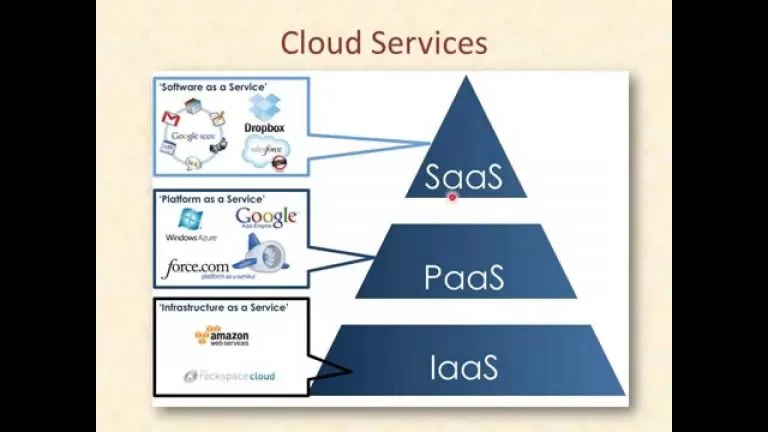What’s cloud? What’s cloud computing? Ever wondered why this term is taking over the internet and the world wide web? Why has it reached nearly all kinds of customers and clients? Do you know everyone uses it, including you, without you even knowing it? Let’s clear all of your doubts now.
Many years back when firms like Google and Yahoo weren’t there in existence, few firms used to handle the emails on their own in their private premises and servers would store the information. The implementation and maintenance were all managed solely by those private owners. There came a point when it was a huge deal of time and money expenditure. If a company was big enough to afford such kind of money investment then it was OK but if it was small to medium scale, it created problems. Imagine where earning profits was supposed to be their sole target, they still had to keep a separate track of their servers as well. Those servers would ask huge amount of space which was putting on burden of space, both physically as well as virtually. There was a huge need of something which could solve this issue.
And then come this concept Cloud Computing, whose mission was to resolve the drawbacks that traditional methods were keeping for many years. Ever thought where your emails and documents present in Google Drive get stored? After Google got introduced the way emails were managed had to be revolutionized so as to tackle the ever emerging data. It is the method to keep server remotely and still running the applications for one’s organization. This enables the organization to concentrate on its business and the servers are managed totally by the provider. Applications like Gmail, Yahoo mail, etc. could commercially bid for getting subscribed by more and more users and could charge them as well but they didn’t; instead opened their servers where they store email information for their users that have grown to extremely large by now, and it is entirely free of cost. Cloud Computing is getting bigger and bigger each day. So, it needs to be well organized via service models.
Three types of Cloud Computing Service Models
IaaS (Infrastructure as a Service) provides the computing infrastructure, physical or virtual machines, block and file based storage, IP addresses, load balancers, virtual-machine disk image library, firewalls, virtual LANs, etc.
For instance, Google Compute Engine is an IaaS component of Google’s Cloud Platform that runs Google search engine, YouTube, Drive, Gmail, and so on. One could imagine it as a big cloud which is the superset of other small clouds. Other examples are – Rackspace, Amazon EC2, Windows Azure, etc.
PaaS (Platform as a Service) provides the computing platform that includes the programming language execution environment, operating system, web server, database, and so on.
For instance, the Google App Engine develops and hosts the web applications in Google managed data centers, in which the applications are run across several servers. Other examples are – Windows Azure, AWS Elastic Beanstalk, Apache Stratos, Heroku, Google App Engine, Force.com, etc.
SaaS (Software as a Service) provides the access to application softwares (on demand), where one does not have to bother about the application’s installation, set-up and running, since everything is well managed by the service providers.
For instance, Google Apps provided by Google is a set of web applications that include Docs, Hangouts, Calender, Mobile, etc. All these offer both online and offline suite at present. Another example could also be online retail stores like Amazon, eBay, etc. whose apps could also be installed in our mobile phones, through which we are able to perform all kinds of functionalities that are performed as well while opening the website as a whole. Google Apps and Microsoft Office 365 are few examples to illustrate.









